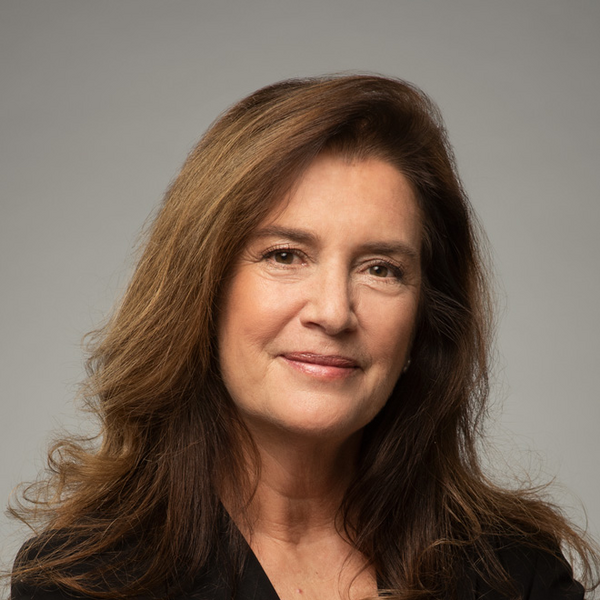Immune cells play key role in cardiac regeneration
Research Highlight | August 3, 2017
Certain vertebrates have retained a notable capability: they can regenerate damaged tissues or organs, even as adults. The ability was lost somewhere along the evolutionary path, however, and mammals have almost no regenerative capacity other than immediately after birth. Studying our antecedents offers the potential to learn how to regrow our own tissues for medical benefit, a growing field known as regenerative medicine. Cardiac events such as myocardial infarction (MI), in which tissue is damaged, leading to fibrosis and possibly heart failure, offer a particularly compelling area for implementing regenerative medicine.
Recently, a team led by JAX Professor and Scientific Director Nadia Rosenthal, Ph.D., F.Med.Sci., and Research Scientist James Godwin, Ph.D., explored the role of the immune response in heart regeneration in the axolotl (salamander). Axolotl adults can regenerate up to 20% of their organ mass within two months, without scarring. As reported in a recent paper innpj Regenerative Medicine, however, axolotl with depleted macrophages (immune cells vital for clearing away dead cells as well as pathogens) showed a modified response to heart injury and impaired regeneration.
Intriguingly, the cardiomyocyte cells responsible for heart muscle repair continued to be activated and proliferate. Changes occurred to extracellular matrix (ECM) synthesis and structure in the absence of macrophages, however. Transient ECM deposition distinct from normal tissue is a component of effective tissue replacement in axolotl. The findings indicate that macrophages play a role in these early ECM composition events, an essential step in successful regeneration.
In mammals, fibrosis following cardiac injury results in stiffer, less compliant cardiac muscle, contributing to failure. Prior studies have focused on driving cardiomyocyte proliferation to improve cardiac regeneration in mice. The axolotl studies suggest that focusing instead on the role of macrophages in early ECM structure and repair events that repress fibrotic activation may provide molecular targets that better promote mammalian cardiac regeneration.
Godwin JW, Debuque R, Salimova E, Rosenthal NA. 2017. Heart regeneration in the salamander relies on macrophage-mediated control of fibroblast activation and the extracellular landscapenpj Regenerative Medicine, Article number: 22 doi:10.1038/s41536-017-0027-y


